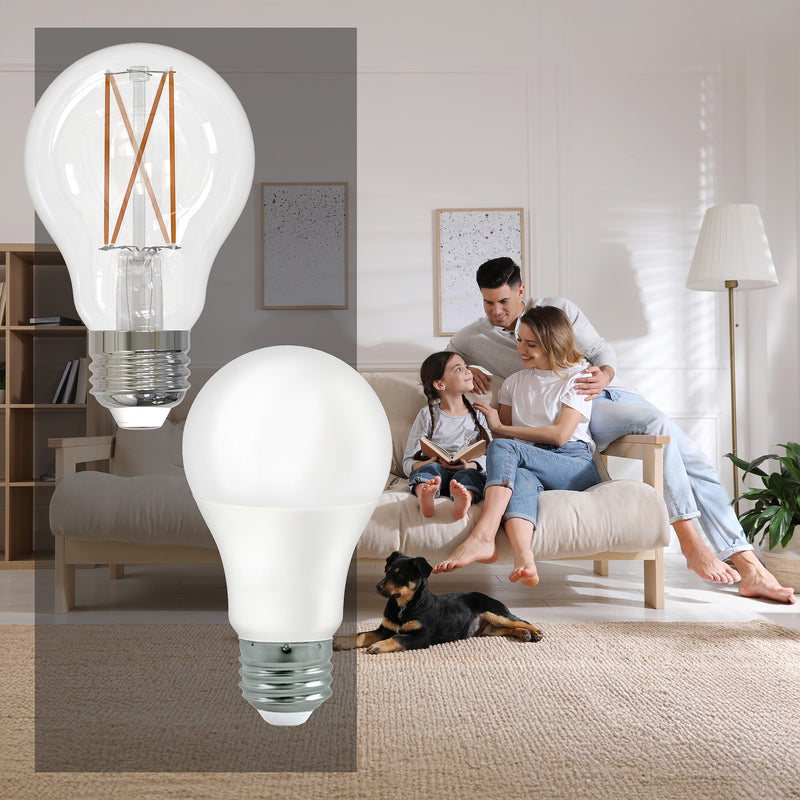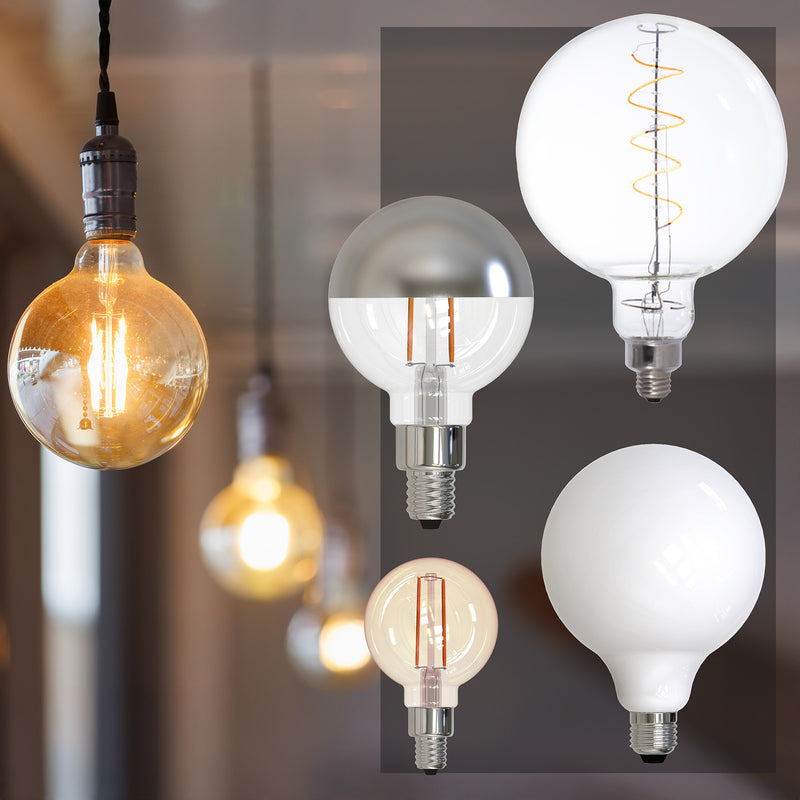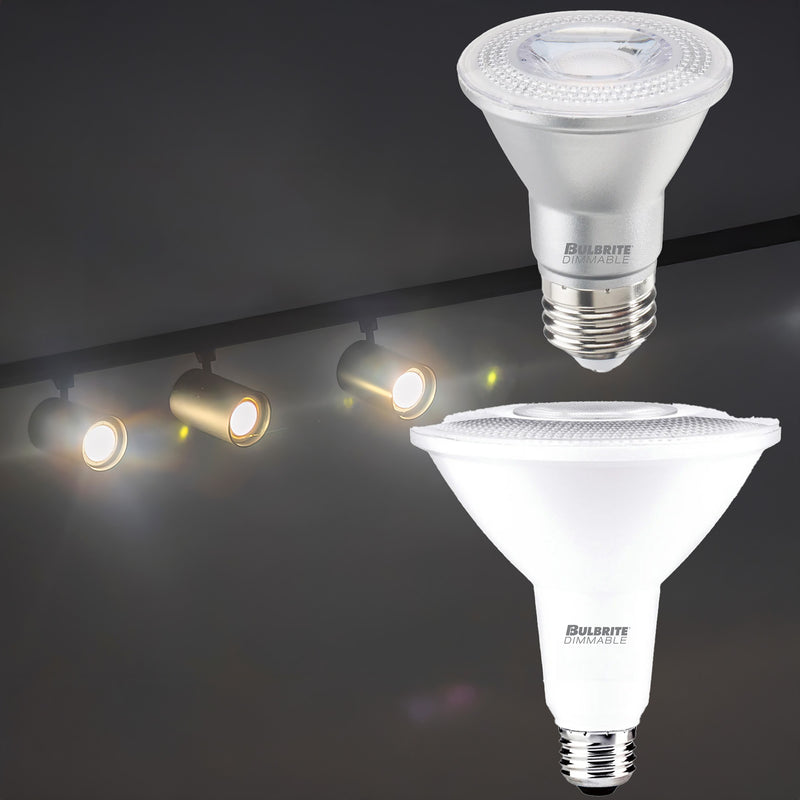Choosing the right LED light bulb for each room in your home can dramatically improve your comfort, energy efficiency, and the overall ambiance of your living space. Whether you’re replacing outdated incandescent bulbs or upgrading to smart LED options, knowing what to look for is crucial.
Why LED Bulbs?
LED (Light Emitting Diode) bulbs are the modern lighting standard. They use up to 80% less energy than traditional incandescent bulbs, last 10–25 times longer, and offer better light quality options. Plus, LED bulbs generate less heat, making them safer and more eco-friendly.
Key Factors to Consider When Choosing LED Bulbs
- Brightness (Lumens): Unlike watts, which measure energy use, lumens measure brightness. For example, a 60-watt incandescent bulb produces about 800 lumens.
- Color Temperature (Kelvin): This defines the warmth or coolness of the light. Warm white (2700K–3000K) is cozy and ideal for bedrooms and living rooms, while cool white (4000K–5000K) is better for kitchens and workspaces.
- Base Type: Ensure the bulb’s base matches your fixture—common types include E26 (standard screw), GU10 (twist-lock), and bi-pin bases.
- Beam Angle: Narrow angles (e.g., 25°) create focused light, good for spotlights; wider angles (e.g., 120°) offer broad illumination, perfect for general lighting.
- Dimmability: Not all LED bulbs are dimmable, so check before purchasing if you want adjustable brightness.
- Smart Features: Some LEDs offer connectivity for remote control, color changing, and automation via apps or voice assistants.
Room-by-Room LED Bulb Recommendations
| Room | Recommended Lumens | Color Temperature | Notes |
|---|---|---|---|
| Living Room | 1500–3000 | 2700K–3000K | Warm light for relaxing mood |
| Kitchen | 3000–4000 | 4000K–5000K | Bright, cool for tasks |
| Bedroom | 1000–2000 | 2700K | Soft warm light for comfort |
| Bathroom | 1600–3000 | 3000K–4000K | Moisture-resistant preferred |
| Home Office | 3000–5000 | 4000K–5000K | Bright, daylight-style light |
| Outdoor | 800–1600 | 2700K–3000K | Weatherproof, bright enough |
Helpful Tips for Buying LED Bulbs Online
- Always check product specifications carefully — especially lumens, color temperature, and base type.
- Read customer reviews to confirm bulb brightness and color accuracy.
- Buy from trusted brands or stores like Brand Name Lighting for quality assurance.
- Consider energy efficiency ratings and look for ENERGY STAR certified bulbs.
- If unsure, start with a small quantity to test in your fixtures.
FAQs
Q: Can I use LED bulbs in any fixture?
A: Most LED bulbs are compatible with standard fixtures, but check for enclosed fixtures or dimmer switches—only LEDs labeled “enclosed-rated” or “dimmable” will work properly in those situations.
Q: Are LED bulbs expensive?
A: LEDs cost more up front, yet they last 10–25× longer and use ~80 % less electricity than incandescents, so they cut total lighting costs dramatically over time.
Q: How do I choose between warm white and cool white bulbs?
A: Warm white (≈2700 K) feels cozy—great for living rooms and bedrooms—while cool white (4000 K +) is crisp and energizing, ideal for kitchens, offices, and task areas.
Q: What wattage LED bulb do I need for my living room?
A: Think lumens, not watts. A comfy living-room range is 1 500–3 000 lumens total. With modern LEDs that equates to roughly 15–25 W of LED power (vs. 100–200 W of incandescent).
Q: How to choose the right color temperature for LED bulbs?
A: Match the vibe of the space:
• 2700 K–3000 K (warm white): relaxing, cozy glow for lounges and bedrooms.
• 3500 K–4100 K (neutral white): balanced light for hallways and bathrooms.
• 5000 K + (daylight/cool white): high-clarity light for kitchens, garages, and offices.
Q: Can LED bulbs be used with dimmer switches?
A: Yes—if both the bulb and the switch are marked “LED-compatible.” Using a non-compatible dimmer can cause flicker or shorten bulb life. Look for bulbs labelled “dimmable” and, when possible, consult the manufacturer’s dimmer compatibility list.
Q: What are the different types of LED bulb bases?
A: Common household bases include E26 (standard screw), E12 (candelabra), GU10 (twist-lock), MR16 or GU5.3 (bi-pin spot), B22 (bayonet), G4/G9 (mini bi-pin), and specialty bases like PAR or R7s. Always match the base type to your fixture before buying.
Q: Are LED bulbs better than incandescent bulbs?
A: In nearly every way—LEDs consume far less energy, last years longer, run cooler (safer), and are now available in a wide range of colors, shapes, and smart-lighting options. Incandescents excel only at producing heat and higher energy bills!






